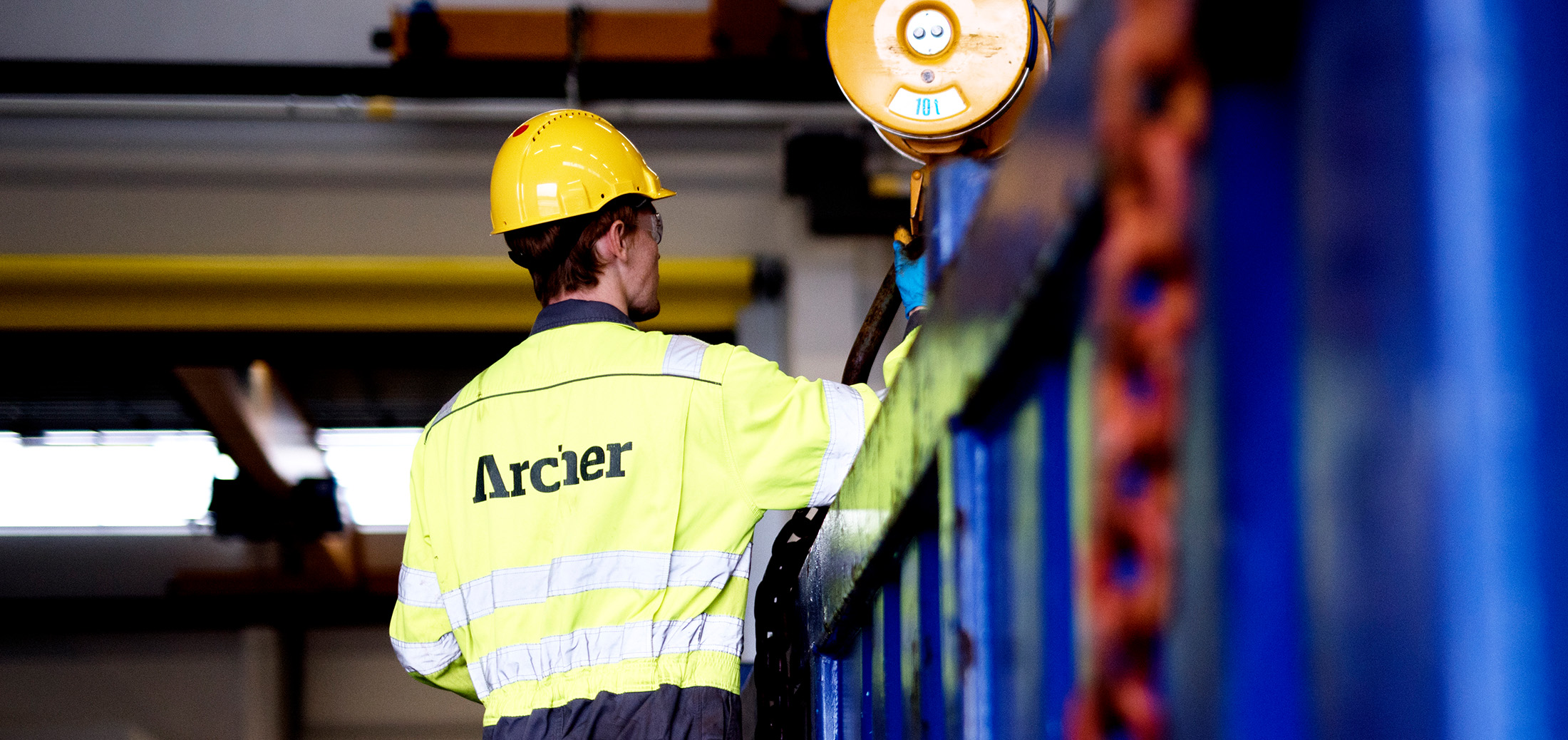Archer’s intervention business is one of the founding entities of the entire company and can trace its roots back over 50 years. From our proud beginnings as a pure mechanical wireline services company, we now provide the complete range of slickline and electric line wireline intervention services.

Well Intervention & Workover
Fernando Zapata Bermudez
VP Marketing & Business Development - Well Services